Overview
- ETC Playtest Day
- Gameplay Design Updates
- Artwork & UI Integration
- Dialogue & Historical Content
- Challenges
- Next Steps
ETC Playtest Day
On Saturday, we welcomed several groups of playtesters, including some young children, students ranging from middle school through college, and some ETC faculty, to try out our experience.
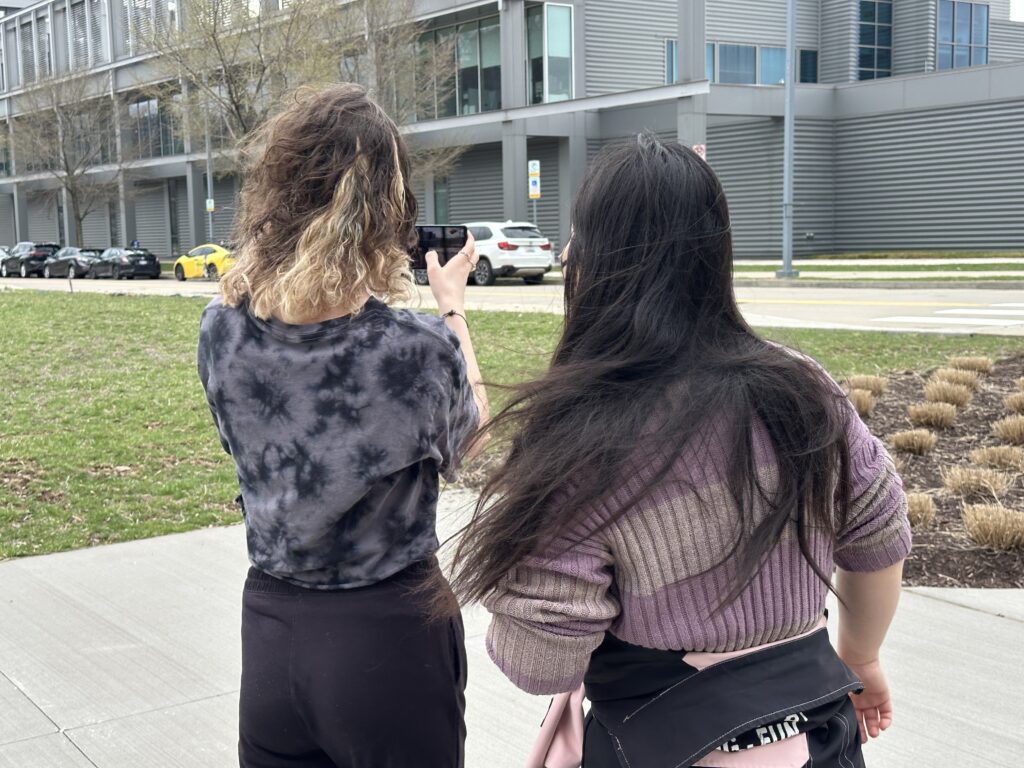
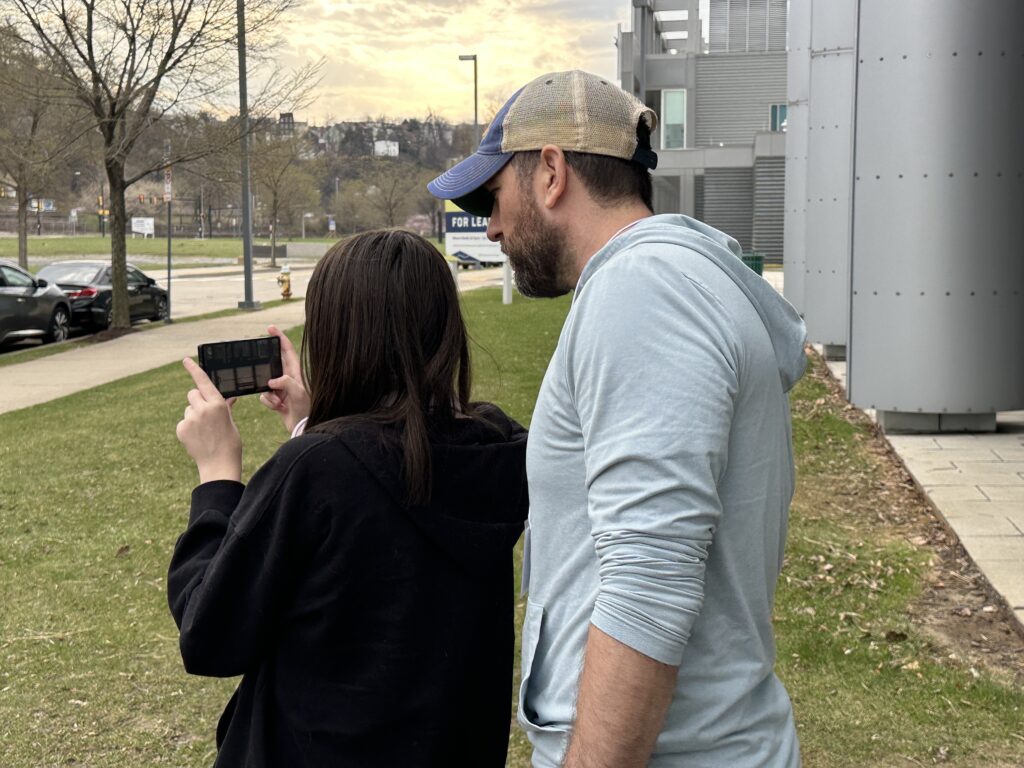
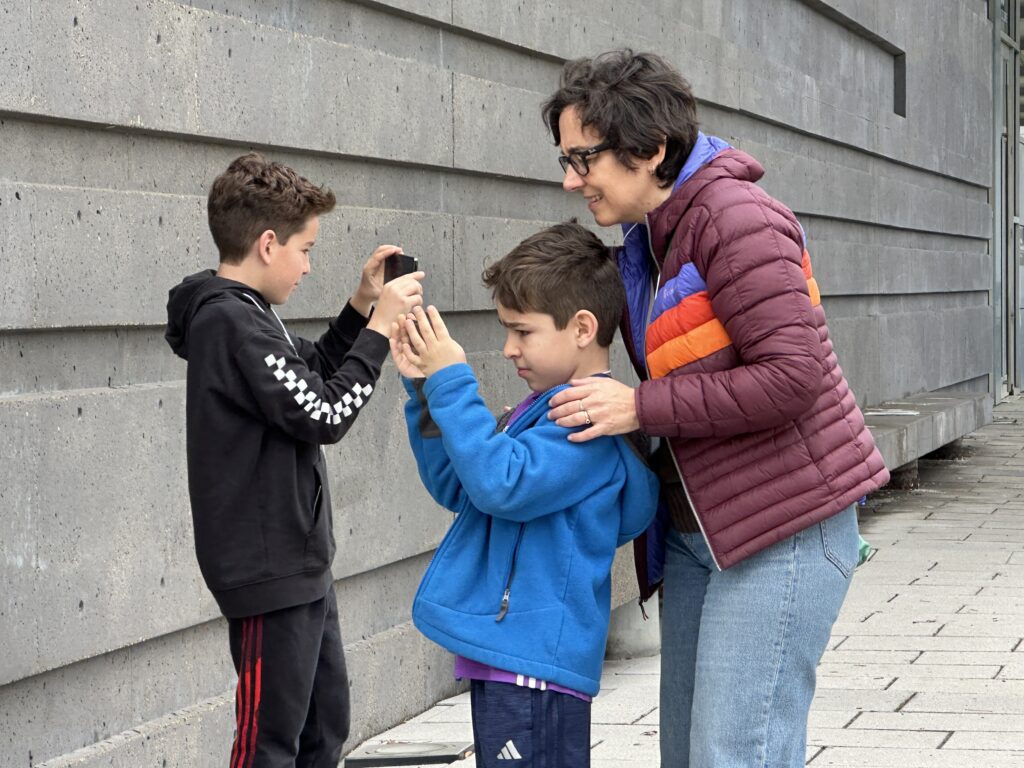
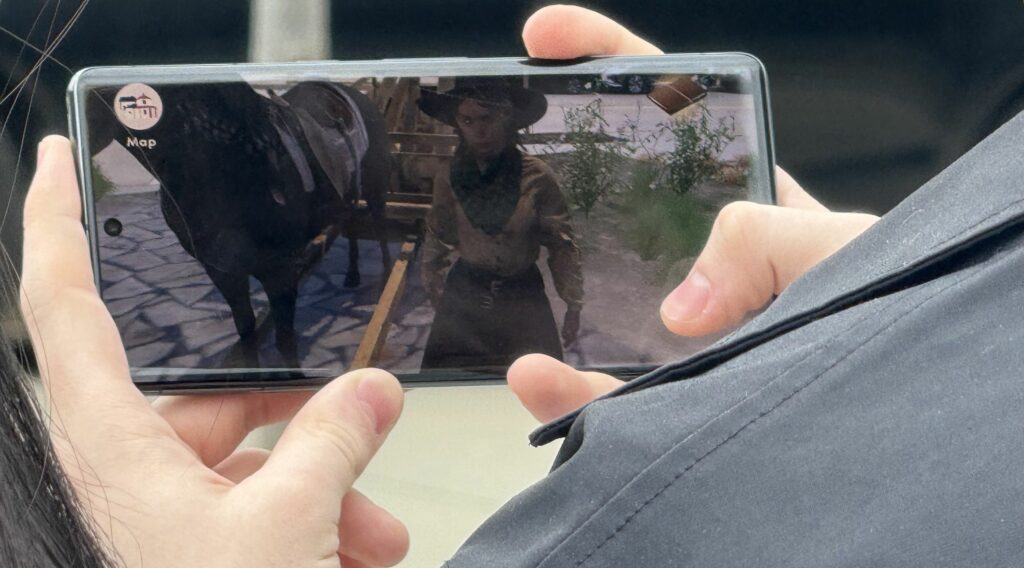
We received very valuable feedback from our guests about what worked well in our prototype, and what could be improved. In general, players strongly felt the time period that our app was placing them in, and they were interested in that setting and history. One of our primary areas for improvement is better guiding the player, so they know what their goals are and don’t feel stuck or confused in the scenes when our team is not around to nudge them. We plan to flesh out the game’s quest system and integrate more UI and dialogue that will make the player experience clearer and smoother. Additionally, guests wanted more chances to dive deeper and learn more about the real historical context of the National Road. We had some of that present in our map scene, as players could click on an information icon and see a pop-up with some facts about the toll house building, though we will continue to add even more historical content in order to create a richer experience.
Gameplay Design Updates
In our build at Playtest Day, the player starts out in a scene with the toll house building and a couple of NPCs whom they can talk to, who will inform them of their task, which was to help someone whose wagon got stuck in the mud a little farther down the road. They could smooth out and flatten the road around the traveler’s wagon and then watch it drive away.
After playtesting, we felt that the first scene was not interactive enough, and that talking to the NPCs did not fully take advantage of the setting and historical context of the toll house. Since we had copies of actual historical records relating to the rates of tolls on the National Road from Searights Tollhouse, we designed a new interaction in that scene where several traveling NPCs come one at a time, and the player must charge them the correct toll amount, so that they may proceed. This new scene also showcases the variety in the kinds of travelers along the road, as some travel by foot with cattle, others have a full wagon pulled by horses, and so on.

(Searights Tollhouse)
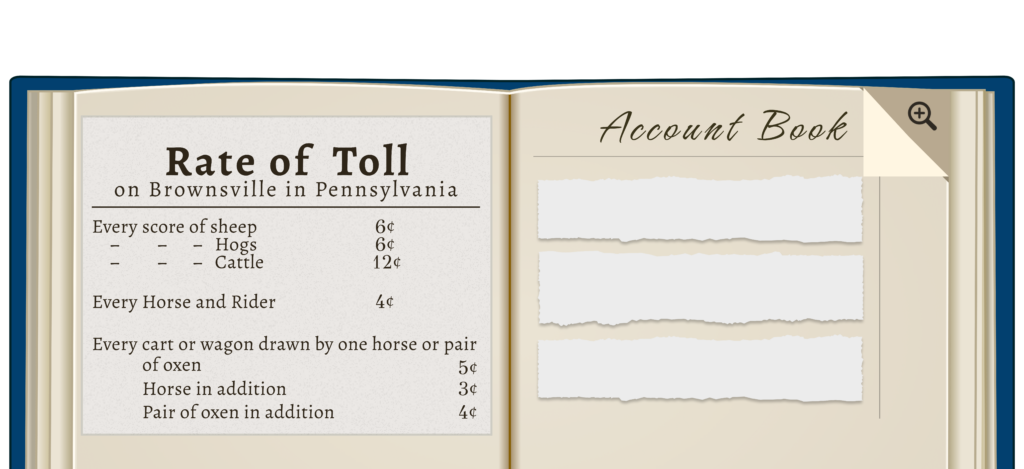
Additionally, we want our story to tackle how people at the time fixed and developed the road. Often, they paved the roads with wood planks, so we added a third scene in AR that utilizes our existing tree chopping mechanic from earlier in the semester and has the player chop down a couple of trees and hand the logs to an NPC who will convert them to wood planks.
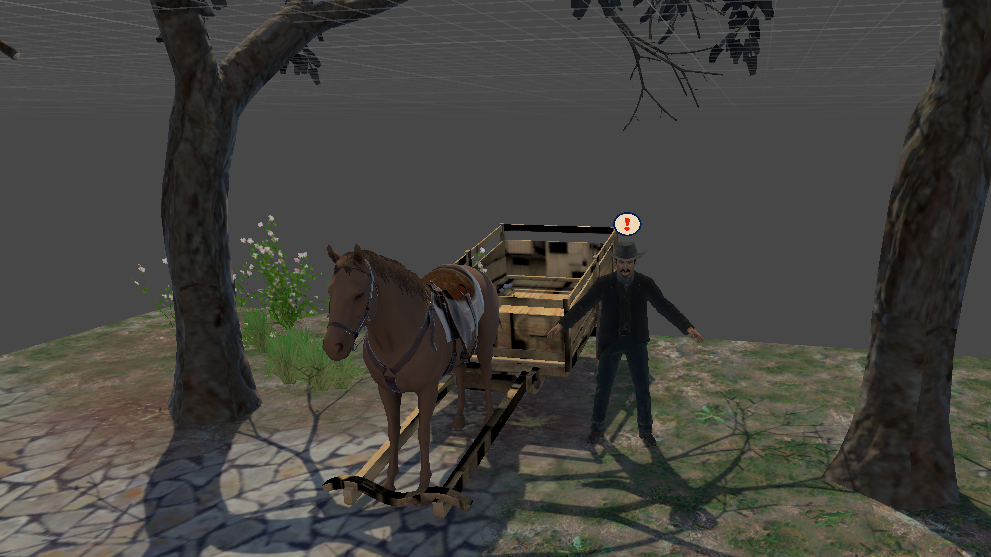
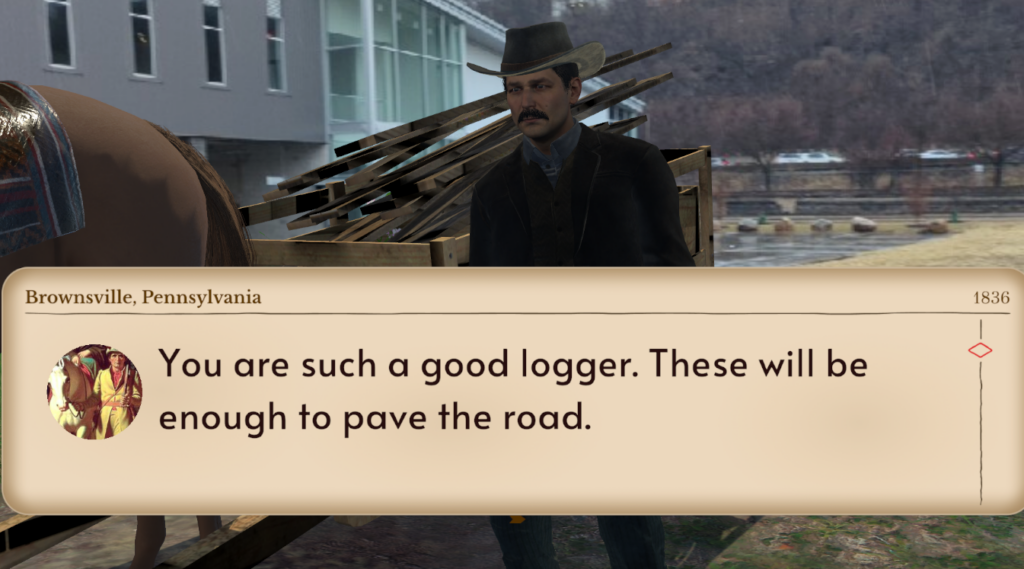
Though we originally wanted to have some kind of scene rendered in AR which takes place in a town, with some more of our Wild West-themed building, we realized that having a whole town was not really enhancing our story, and we could tell a simple and complete narrative just along the roadside near the tollhouse (which in real life is not extremely close to other buildings). This decision also mitigates the issue of players wanting to walk into decorative buildings in AR when all of the interactions are outside, as we will now focus primarily on showing the characters and how they traveled, rather than many life-scale buildings. Having said that, wherever we can (such as in our intro and outro stories that serve as on-boarding and off-boarding of the experience), we will still showcase as much as possible of the history of the development of towns along the National Road.
Artwork & UI Integration
To create more diversity in the characters traveling on the National Road, we now have the animation for cattle walking, along with one NPC who is traveling on foot with some cattle.
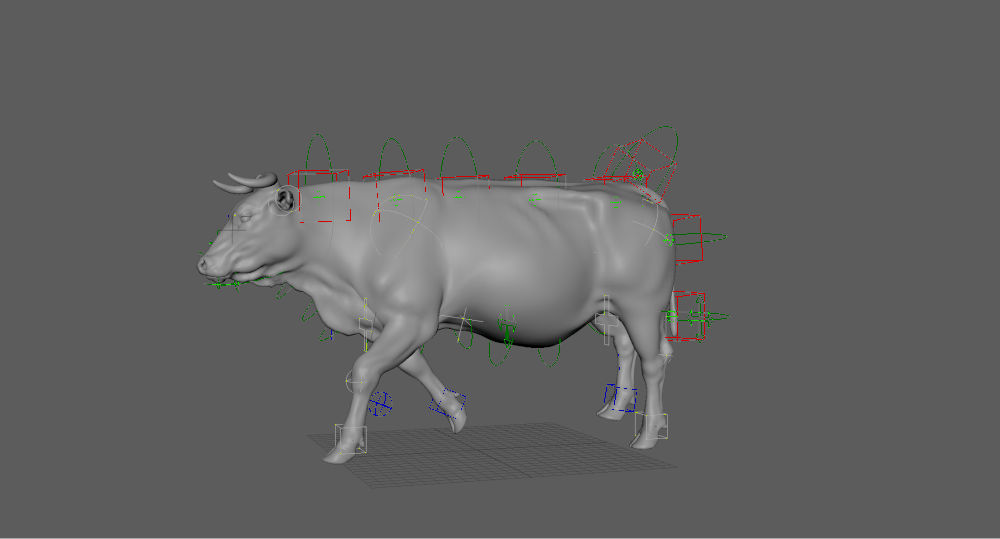
We also added UI indicators showing how to interact with the road in order to flatten it, since some players did not immediately understand the interaction purely from reading the dialogue.
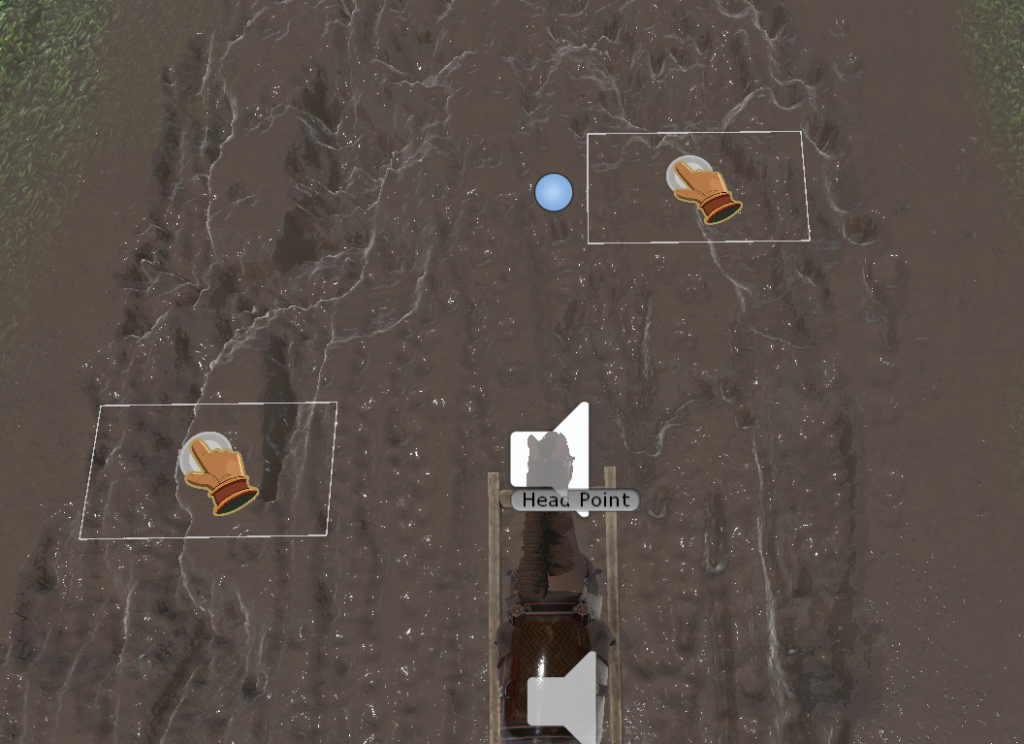
Dialogue & Historical Content
One area where we can add a lot of educational and historical information is in our map scene, as players can click on information icons to trigger a “Did You Know?” pop-up connected to specific areas of the map and learn more about the context of this experience outside of the AR scenes and interactions. We have drafts for several of these to integrate around the tollhouse and the road, as well as the design of the pop-ups:
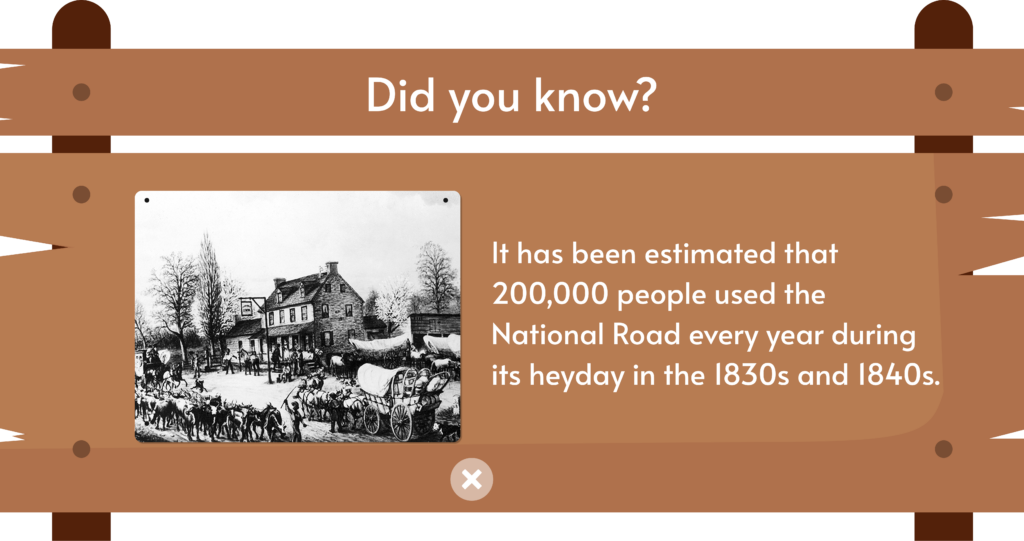
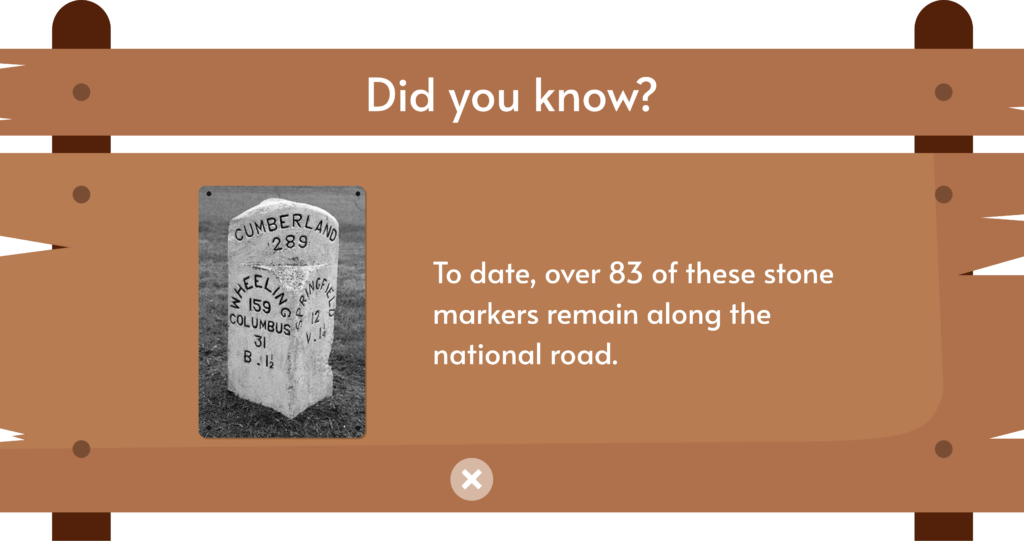
To grapple with the issues surrounding reading on a phone screen—especially outdoors—while still providing an engaging narrative, we simplified the dialogue. We restricted the player character to only having one dialogue option, which makes the dialogue proceed faster and makes the text on screen much more readable. The UI for the dialogue was adjusted to make it easier for the players to see what their character is responding to the NPCs, and we made sure to make each statement in the dialogue concise, so the font could remain bigger. The updated narrative and dialogue options reflect all of these adjustments.
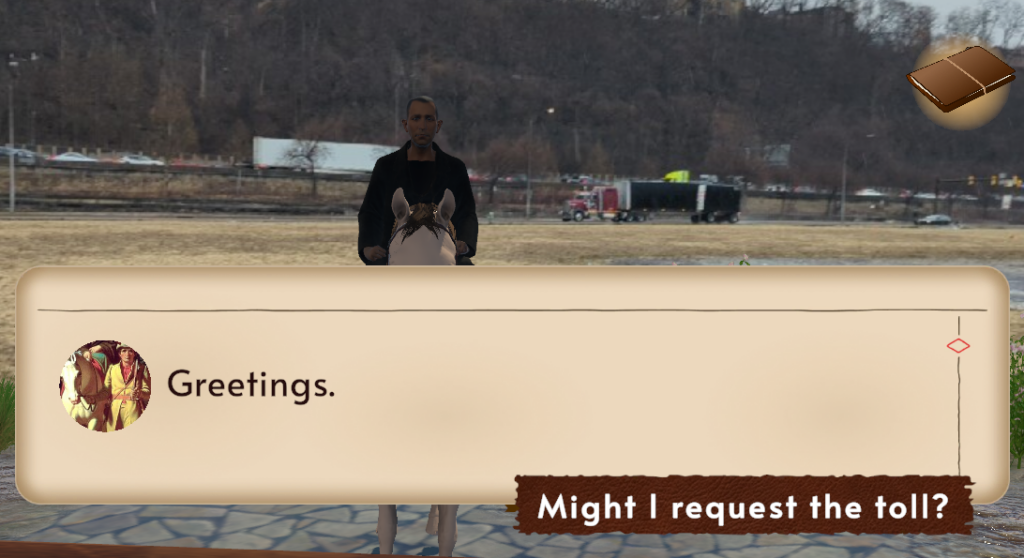


Challenges:
The biggest challenge of the week to tackle was prioritizing the most crucial tasks and making a plan for what changes to make that would be the most impactful for Soft Opening. Additionally, in response to playtesting feedback, we needed to come up with a strong plan regarding how to guide players in AR to perform intended actions and have a smooth user experience. For example, how can we prevent them from walking into the decorative world-scale tollhouse building model? On the tech and user experience design side, we also needed to figure out how to ensure that the terrain shows up in an expected position and that we provided players with smooth transitions in and out of AR.
Next Steps:
- Iterating on our build and delivering intermediate builds before Soft Opening on Wednesday, April 9th
- Stabilizing the spawning of the AR scenes as much as possible
- Integrating more animations and models to make more diverse, unique, and interesting NPCs
- Fleshing out the map with more historical content and making it properly responsive to player’s actions and quests
- Enhancing and polishing the new AR scene of chopping down trees and making wood planks to pave the road
- Adding sound effects and more story elements like a brief slideshow of photos and notes at the beginning that provide context to the experience
